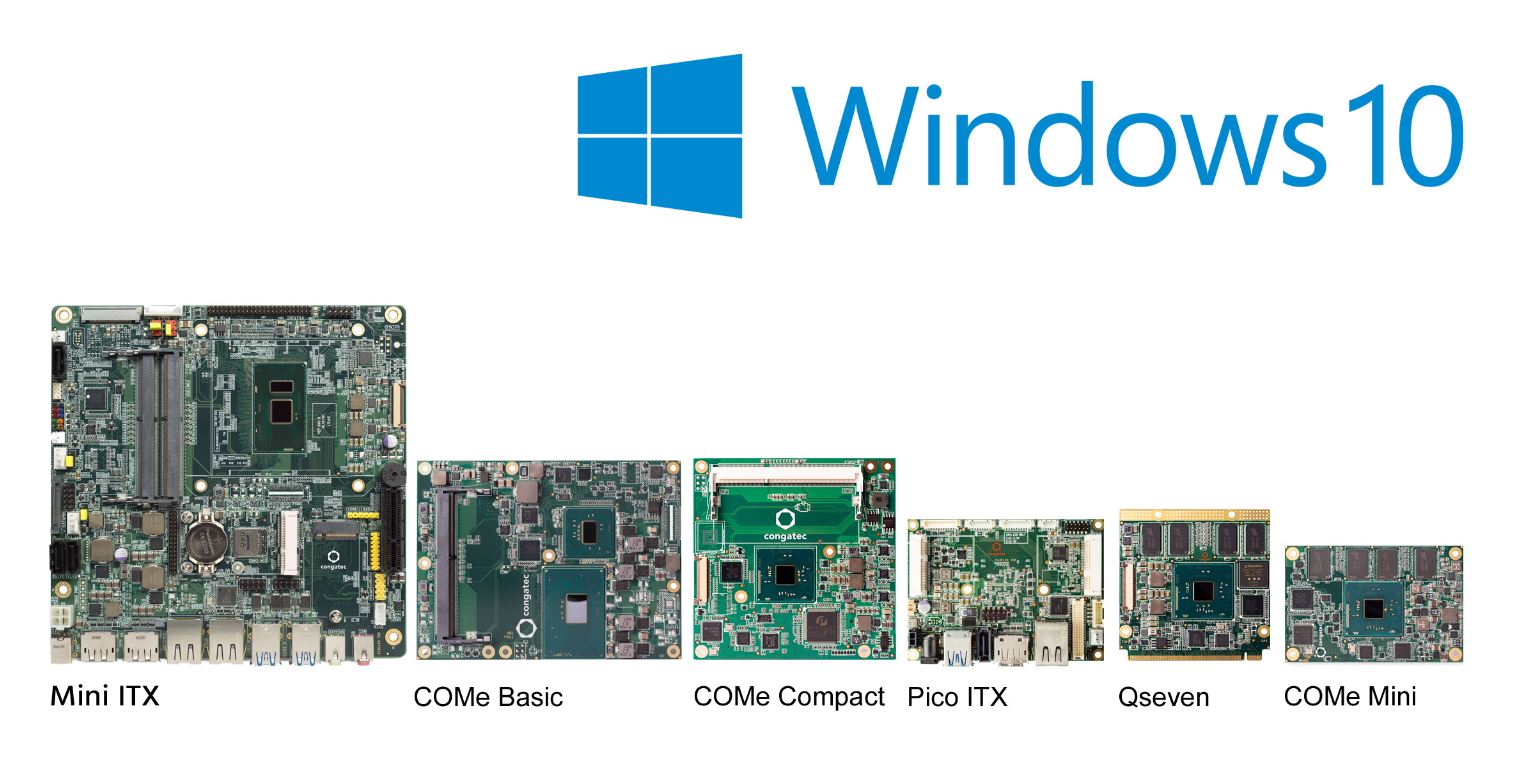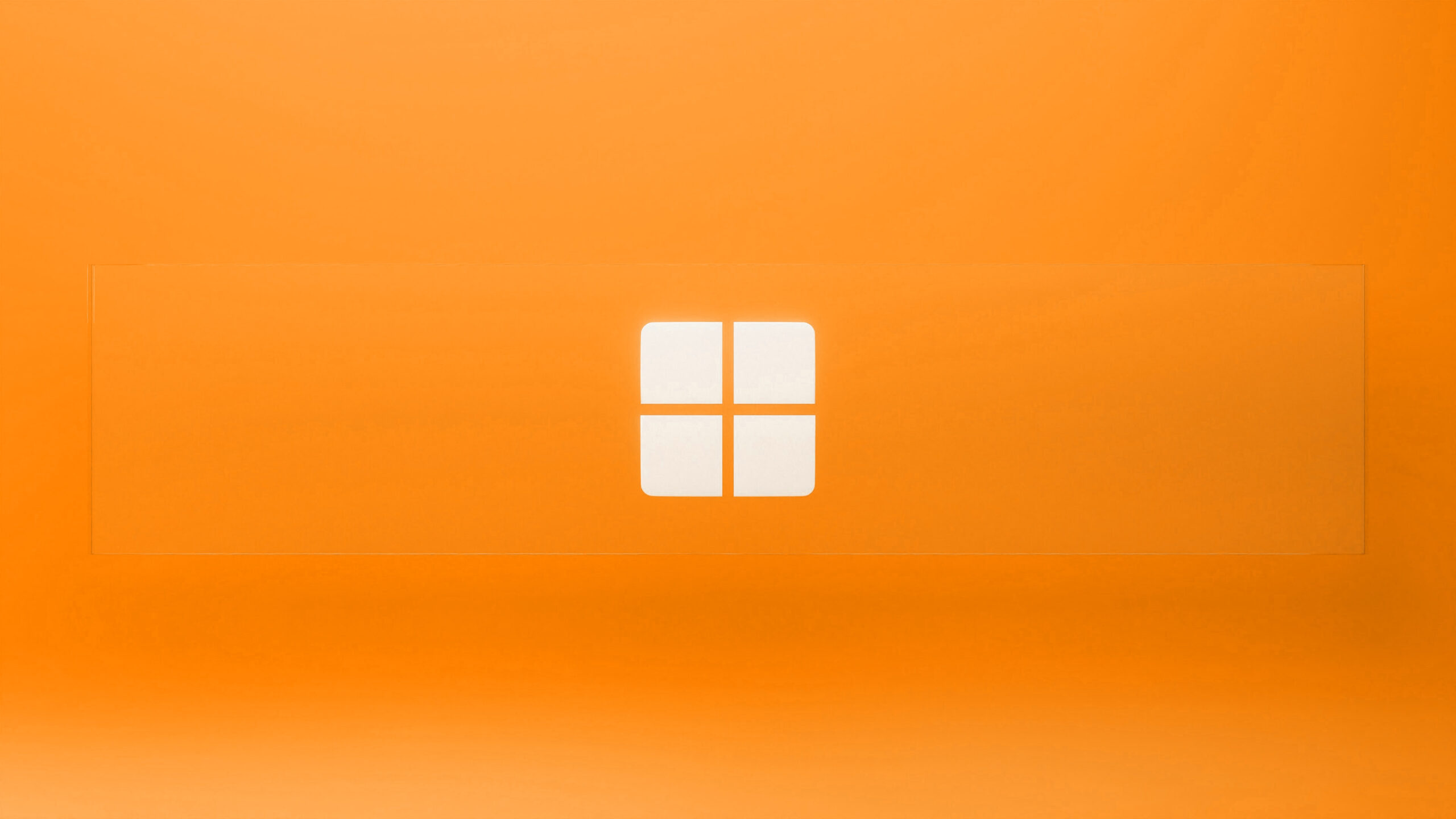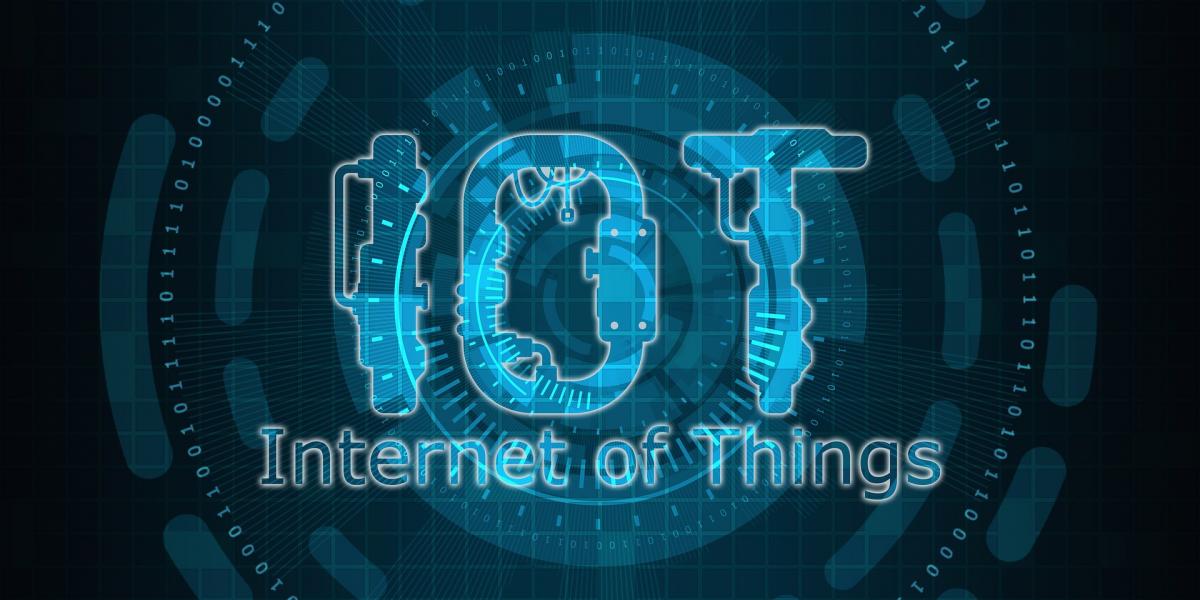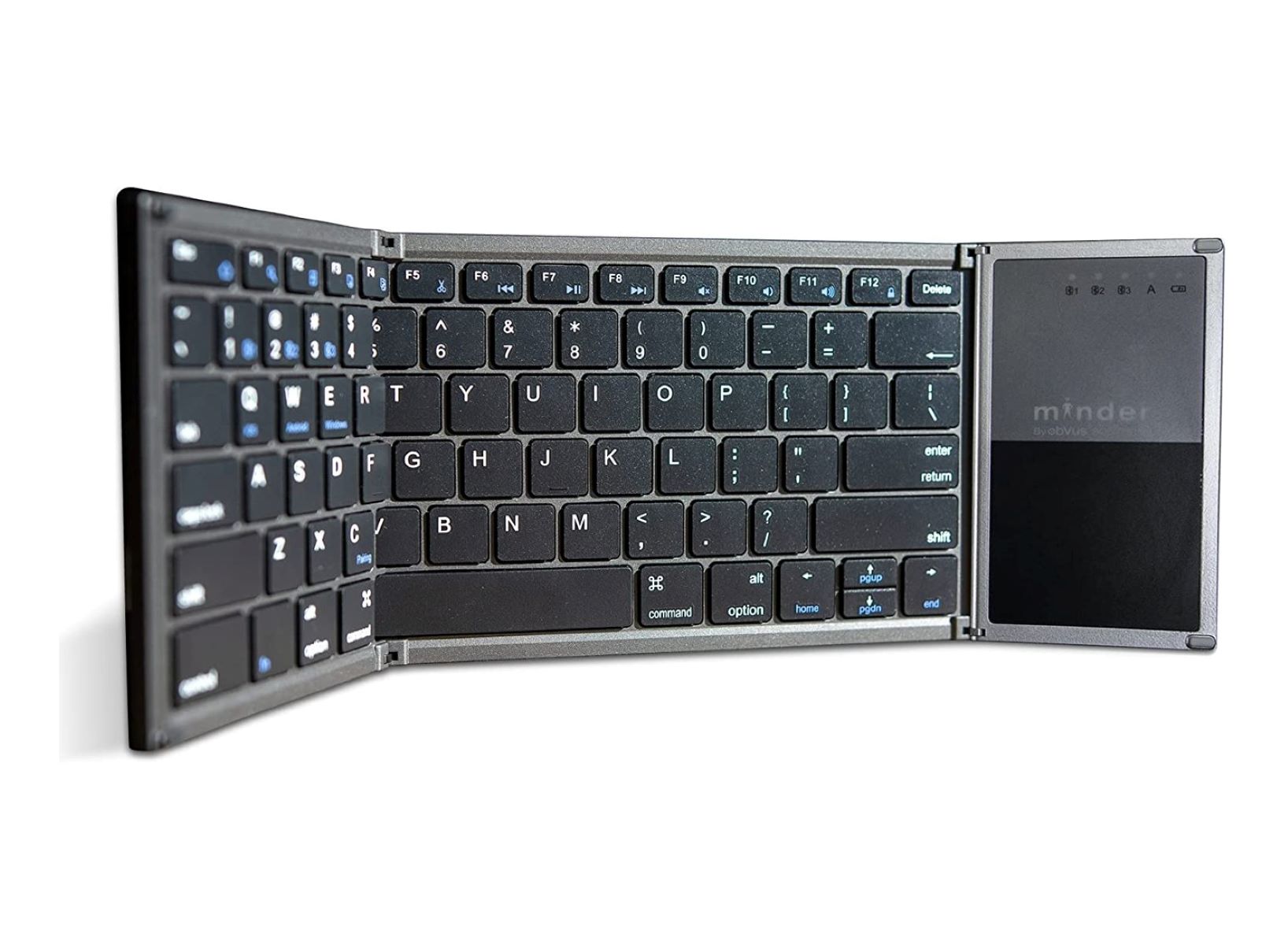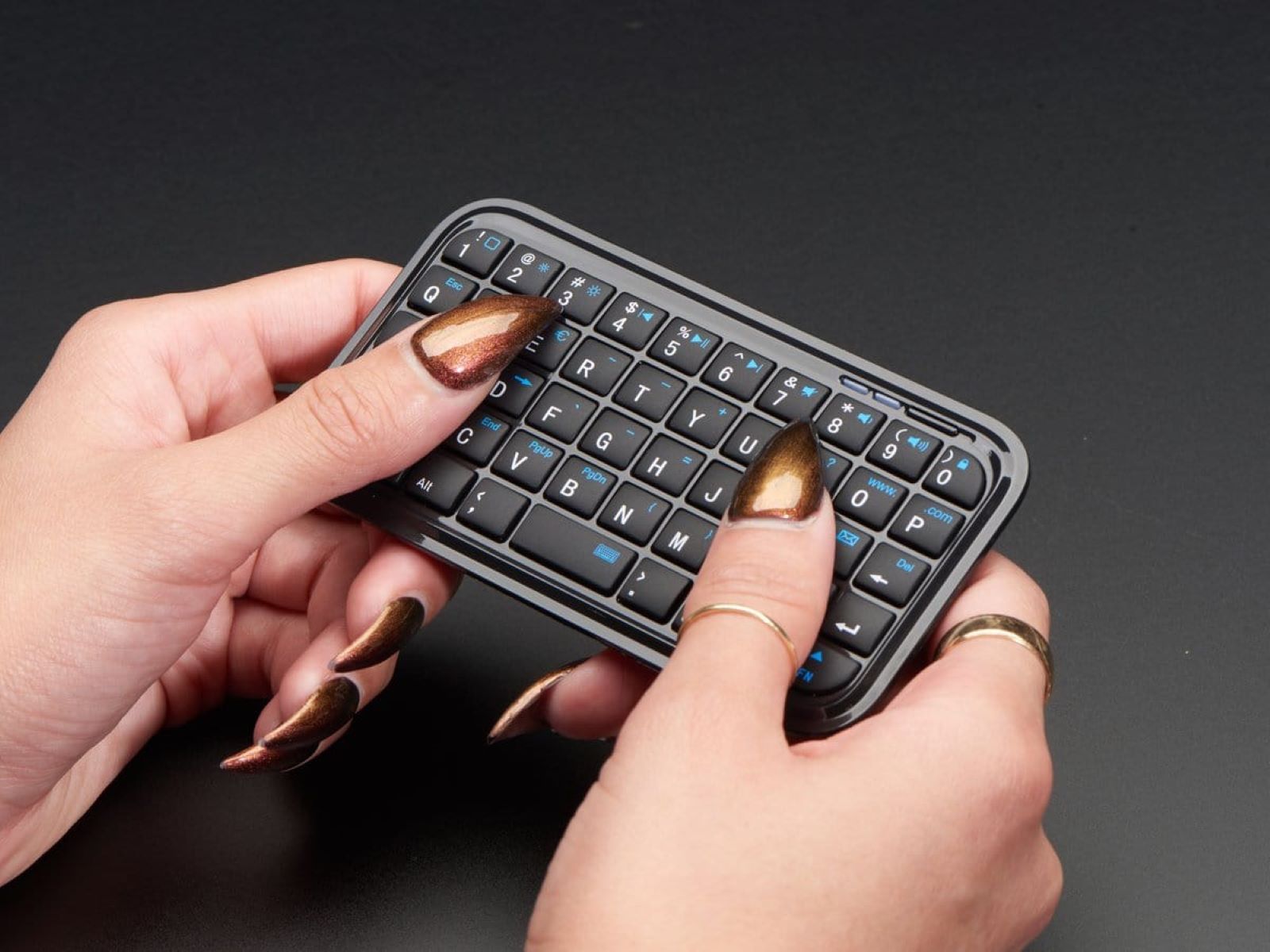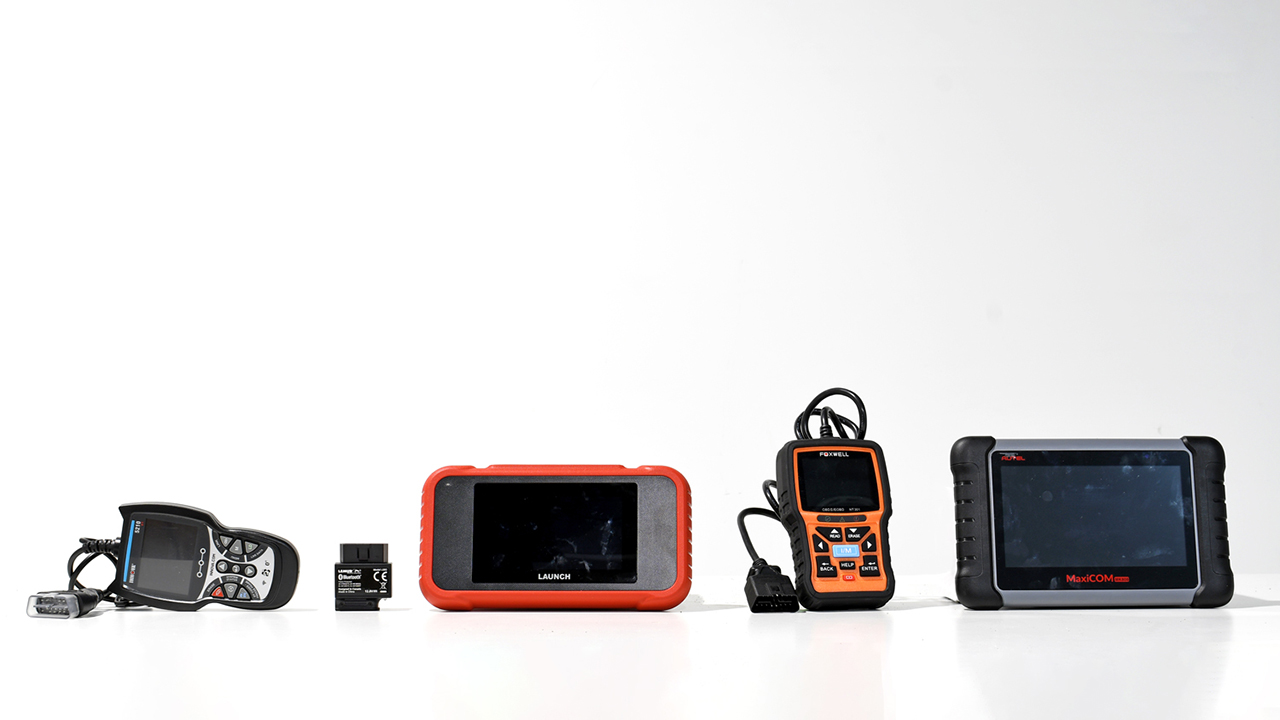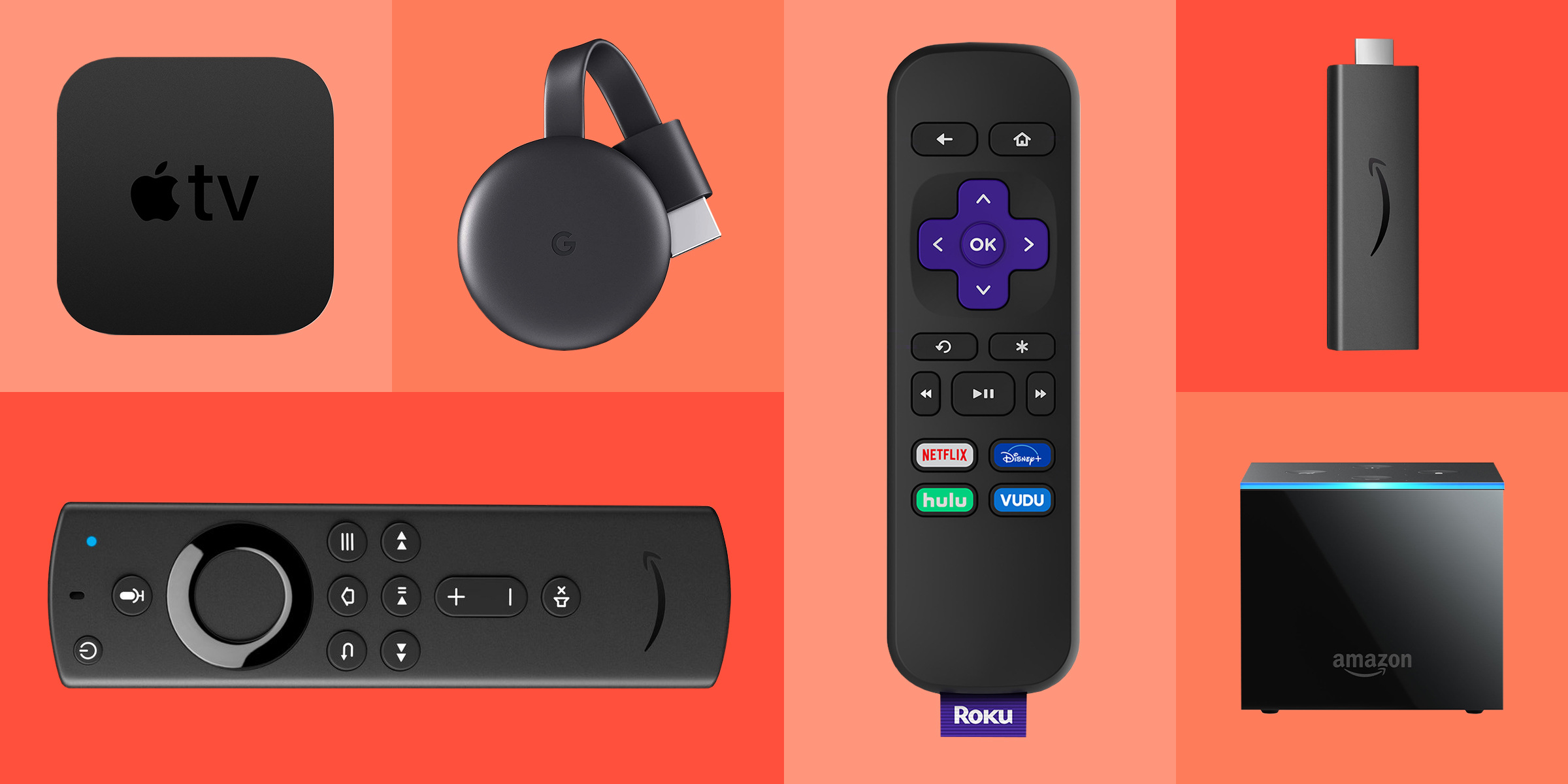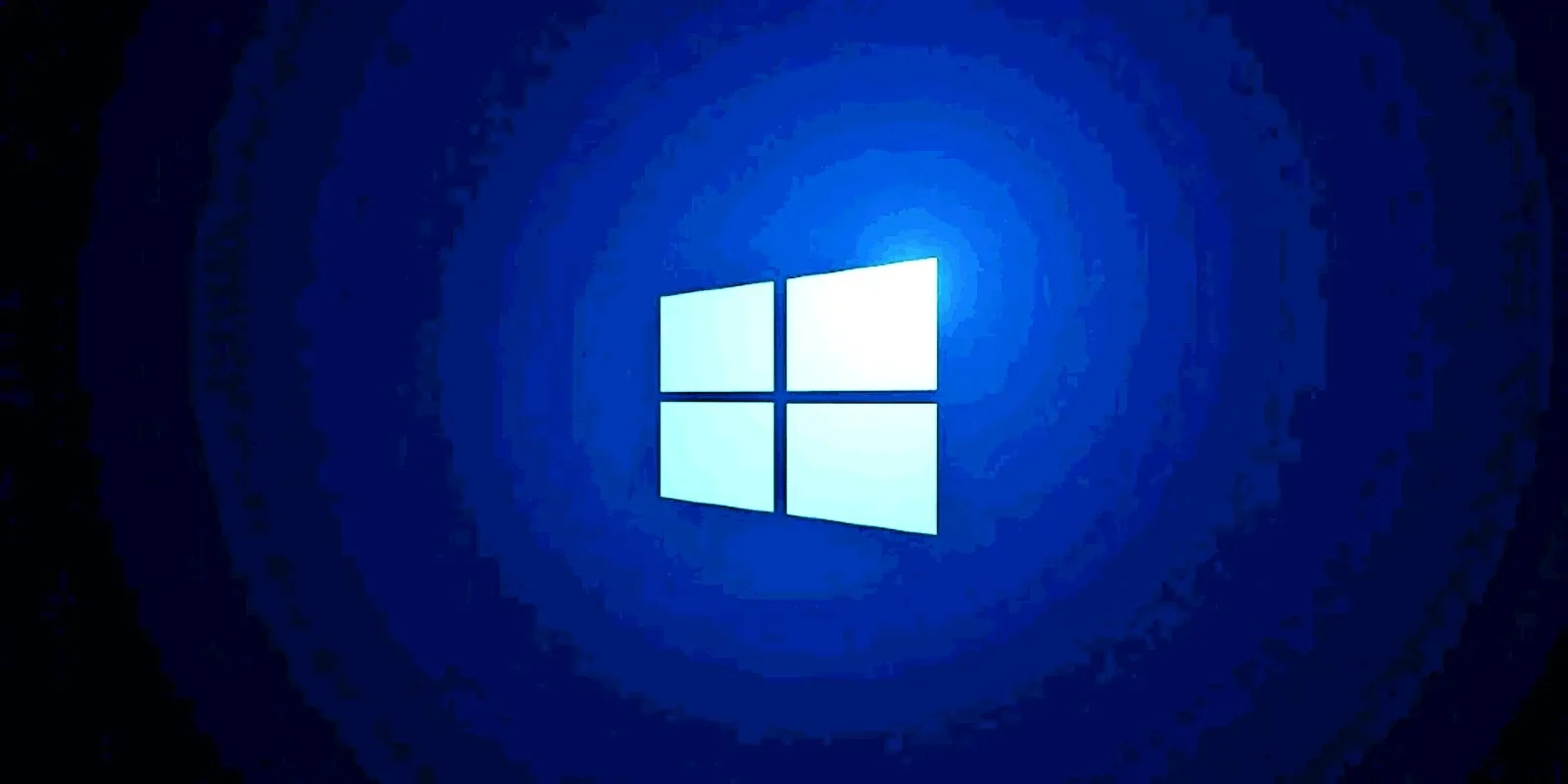Introduction
Welcome to the world of Windows 10 IoT! In this digital age, the Internet of Things (IoT) has revolutionized the way we interact with the world around us. From smart homes to industrial automation, IoT devices have become an integral part of our daily lives. And at the heart of many of these IoT devices is Windows 10 IoT, a specialized version of the popular Windows operating system.
Windows 10 IoT is specifically designed to power and connect a wide range of devices, ranging from tiny sensors to industrial machinery. It provides a robust and secure platform that empowers developers and businesses to build innovative solutions that harness the power of the IoT. With its familiar Windows interface, extensive development tools, and support for a wide range of hardware, Windows 10 IoT offers a seamless transition for those already familiar with the Windows ecosystem.
Whether you’re a developer looking to create the next generation of smart devices, or a business seeking to leverage IoT technologies to enhance operational efficiency, Windows 10 IoT has the capabilities to meet your needs.
In this article, we will explore the various aspects of Windows 10 IoT, including its benefits, different versions, key features, and popular use cases. We will also provide guidance on how to get started with Windows 10 IoT. So, let’s dive in and discover the exciting possibilities that await with Windows 10 IoT!
What is Windows 10 IoT?
Windows 10 IoT is a specialized version of the Windows 10 operating system that is tailored for Internet of Things (IoT) devices. It provides a powerful and flexible platform for building intelligent and connected devices, ranging from small sensors and single-board computers to industrial equipment and embedded systems.
Unlike the traditional desktop version of Windows, Windows 10 IoT is designed to be lightweight, efficient, and highly customizable, making it ideal for resource-constrained IoT devices. It offers a wide range of tools and frameworks that enable developers to create innovative and secure IoT solutions for various industry verticals, such as manufacturing, agriculture, healthcare, and smart cities.
Windows 10 IoT supports multiple device architectures, including x86, ARM, and MIPS, providing developers with the flexibility to choose the hardware that best suits their requirements. It also offers different editions depending on the specific needs of the IoT scenario. These editions include:
- Windows 10 IoT Core: This edition is optimized for small-scale devices and IoT scenarios where minimal resources are available. It offers a headless, modular, and secure platform that allows developers to build custom IoT solutions.
- Windows 10 IoT Enterprise: This edition is targeted towards larger, more complex IoT deployments. It offers the full power of Windows 10, including the familiar desktop experience, advanced security features, and support for legacy applications.
- Windows 10 IoT Mobile: This edition is designed specifically for IoT devices with cellular connectivity, such as handheld scanners, payment terminals, and portable devices.
With Windows 10 IoT, developers can leverage their existing knowledge and skills in Windows development to build innovative IoT solutions. It provides extensive support for popular programming languages such as C#, C++, and Python, as well as a rich set of APIs and tools for device management, data connectivity, and security.
Furthermore, Windows 10 IoT integrates seamlessly with other Microsoft services and technologies, such as Azure IoT Hub, Azure IoT Edge, and Power BI, enabling developers to create end-to-end IoT solutions that harness the power of the cloud and advanced analytics.
Overall, Windows 10 IoT offers a flexible and robust platform for building intelligent and connected devices. Whether you’re a hobbyist, a startup, or an enterprise, Windows 10 IoT provides the tools and capabilities you need to bring your IoT vision to life.
Benefits of Windows 10 IoT
Windows 10 IoT provides a wide range of benefits for developers and businesses looking to build IoT solutions. Let’s explore some of the key advantages:
- Scalability: Windows 10 IoT offers scalability, allowing you to build solutions for devices of all sizes, from tiny sensors to large industrial equipment. It supports different device architectures and editions, providing flexibility in choosing the right platform for your specific needs.
- Familiarity: If you’re already familiar with Windows development, you’ll feel right at home with Windows 10 IoT. The platform provides a familiar programming model and development environment, reducing the learning curve and enabling faster development cycles.
- Extensive Hardware Support: Windows 10 IoT supports a wide range of hardware, including popular Single-Board Computers (SBCs), System on Modules (SOMs), and custom-built devices. This allows you to choose the hardware that best suits your requirements and leverage existing investments.
- Security: Windows 10 IoT incorporates advanced security features to protect your IoT devices and data. It includes built-in support for Secure Boot, BitLocker encryption, Device Guard, and Windows Defender, ensuring that your devices are secure from the ground up.
- Cloud Integration: Windows 10 IoT seamlessly integrates with Microsoft Azure IoT services, enabling you to connect your devices to the cloud and leverage the power of advanced analytics and machine learning. This integration allows you to collect and analyze data from your devices, gain insights, and take intelligent actions.
- Developer Tools: Windows 10 IoT provides a comprehensive set of tools and frameworks for IoT development. Visual Studio, the popular integrated development environment (IDE), offers a powerful toolset for building, debugging, and deploying IoT applications. Additionally, the Windows IoT Core Dashboard simplifies device provisioning and management.
- Support and Community: With Windows 10 IoT, you have access to a vast community of developers and enthusiasts who are actively creating and sharing knowledge. Microsoft provides regular updates, documentation, and support to help you along the way.
These benefits make Windows 10 IoT a compelling choice for IoT development, whether you’re a hobbyist, a startup, or an enterprise. By leveraging the power of Windows 10 IoT, you can build robust, scalable, and secure IoT solutions that drive innovation and transform your business.
Versions of Windows 10 IoT
Windows 10 IoT is available in different versions, each tailored to meet specific IoT requirements. Let’s take a look at the different versions:
- Windows 10 IoT Core: This is the smallest and most lightweight version of Windows 10 IoT. It is designed for small-scale devices and IoT scenarios where minimal resources are available. Windows 10 IoT Core provides a modular and headless platform, meaning it does not include a traditional graphical user interface. This version is ideal for devices such as sensors, single-board computers, and IoT gateways.
- Windows 10 IoT Enterprise: This version is targeted at larger and more complex IoT deployments. It offers the full capabilities of Windows 10, including the familiar desktop experience, advanced security features, and support for legacy applications. Windows 10 IoT Enterprise provides enterprises with a scalable and customizable platform, making it suitable for a wide range of IoT devices, from industrial machinery to digital signage.
- Windows 10 IoT Mobile: Designed specifically for IoT devices with cellular connectivity, Windows 10 IoT Mobile is optimized for handheld scanners, payment terminals, and portable devices. It provides support for mobile device management, allowing enterprises to easily manage and secure their IoT mobile fleet.
Each version of Windows 10 IoT is tailored to different IoT scenarios and offers a unique set of capabilities. Windows 10 IoT Core is suitable for resource-constrained devices, Windows 10 IoT Enterprise is ideal for enterprise-grade deployments, and Windows 10 IoT Mobile targets mobile and handheld devices.
It’s worth noting that Windows 10 IoT Core is available for free, whereas Windows 10 IoT Enterprise and Windows 10 IoT Mobile require proper licensing, which can be obtained through Microsoft’s volume licensing program.
Choosing the right version of Windows 10 IoT depends on the specific requirements and constraints of your IoT project. Consider factors such as device capabilities, resource constraints, security needs, and integration with existing systems when selecting the appropriate version of Windows 10 IoT for your IoT solution.
Now that we’ve explored the different versions of Windows 10 IoT, let’s move on to the next section to discover the key features and capabilities that make Windows 10 IoT a powerful platform for IoT development.
Features of Windows 10 IoT
Windows 10 IoT comes equipped with a variety of features that make it a powerful platform for developing IoT solutions. Let’s explore some of the key features:
- Device Connectivity: Windows 10 IoT provides support for a wide range of connectivity options, including Wi-Fi, Bluetooth, USB, Ethernet, and GPIO (General Purpose Input/Output). This allows developers to easily connect and communicate with sensors, actuators, and other devices.
- Universal Windows Platform (UWP) Apps: With Windows 10 IoT, developers can create applications using the Universal Windows Platform (UWP). UWP apps offer a consistent user experience across different devices and form factors, making it easier to build and maintain applications for a variety of IoT devices.
- AI and Machine Learning Support: Windows 10 IoT allows developers to leverage the power of Artificial Intelligence (AI) and Machine Learning (ML) technologies. With built-in support for popular AI frameworks like TensorFlow and ONNX, developers can create intelligent and predictive IoT applications.
- Security: Windows 10 IoT offers robust security features to protect IoT devices and data. It includes features such as Secure Boot, BitLocker encryption, Device Guard, and Windows Defender, ensuring that devices are secure from both physical and cyber threats.
- Cloud Integration: Windows 10 IoT seamlessly integrates with Microsoft Azure IoT services, enabling easy connectivity to the cloud. This integration enables developers to collect device data, perform real-time analytics, and leverage cloud-based services, such as Azure IoT Hub and Azure Machine Learning.
- Remote Management: Windows 10 IoT provides tools and services for remote device management, making it easier to monitor and maintain IoT deployments at scale. Features like Device Update Center and Azure IoT Device Management simplify the process of deploying updates and managing IoT devices remotely.
- Machine-to-Machine (M2M) Communication: Windows 10 IoT supports various communication protocols, such as MQTT and Advanced Message Queuing Protocol (AMQP), allowing devices to communicate with each other and exchange data in a reliable and efficient manner.
These features enable developers to create powerful and intelligent IoT solutions using Windows 10 IoT. Whether you’re building a smart home automation system, an industrial monitoring solution, or a connected healthcare device, Windows 10 IoT provides the tools and capabilities to make it happen.
Now that we’ve explored the features of Windows 10 IoT, let’s move on to the next section where we’ll discuss some popular use cases for Windows 10 IoT.
Use cases for Windows 10 IoT
Windows 10 IoT has gained popularity across various industries and is being used in a wide range of IoT applications. Let’s explore some popular use cases where Windows 10 IoT is making a significant impact:
- Smart Home Automation: Windows 10 IoT is being used to create smart home solutions, enabling homeowners to control and automate various aspects of their homes, such as lighting, temperature, security systems, and entertainment devices, using a centralized interface.
- Industrial Automation: Windows 10 IoT is widely adopted in industrial automation, allowing businesses to monitor and control manufacturing processes, manage inventory, optimize equipment performance, and improve overall operational efficiency.
- Retail and Point of Sale (POS) Systems: Windows 10 IoT is utilized in retail environments to create efficient point of sale systems, enabling businesses to process transactions, manage inventory, and provide personalized customer experiences.
- Healthcare: Windows 10 IoT is leveraged in healthcare applications to monitor patients remotely, automate medical equipment, enable telehealth services, and enhance the efficiency of hospital operations.
- Smart Agriculture: Windows 10 IoT is being used in agriculture to create smart farming solutions, including automated irrigation systems, environmental monitoring, livestock tracking, and crop management.
- Connected Vehicles: Windows 10 IoT is employed in connected vehicle solutions, enabling advanced features such as real-time vehicle diagnostics, infotainment systems, fleet management, and remote vehicle monitoring.
- Smart Cities: Windows 10 IoT plays a critical role in the development of smart city solutions, supporting applications such as intelligent street lighting, waste management, public transportation systems, and environmental monitoring.
- Education: Windows 10 IoT is being used in educational settings to create interactive teaching tools, enhance student learning experiences, and enable hands-on experimentation in STEM subjects.
These use cases demonstrate the versatility and potential of Windows 10 IoT in various industry verticals. Whether it’s improving operational efficiency, enhancing customer experiences, or enabling new services, Windows 10 IoT offers the flexibility and capabilities to drive innovation and transformation.
Now that we’ve explored some popular use cases for Windows 10 IoT, let’s proceed to the next section where we’ll provide guidance on how to get started with Windows 10 IoT.
Getting Started with Windows 10 IoT
If you’re ready to embark on your IoT journey with Windows 10 IoT, here are some steps to help you get started:
- Select the Right Hardware: Determine the type of IoT device you want to build and choose the appropriate hardware. Windows 10 IoT supports a wide range of devices, including Raspberry Pi, DragonBoard, and MinnowBoard, among others.
- Set up your Development Environment: Install Visual Studio, the integrated development environment (IDE) for creating Windows 10 IoT applications. You will also need the Windows IoT Core Project Templates and the Windows IoT Core Packages extension, which can be downloaded from the Visual Studio Marketplace.
- Download and Install Windows 10 IoT: Visit the official Microsoft website to download the appropriate version of Windows 10 IoT for your hardware. Follow the provided instructions to install the operating system on your device.
- Start Developing: Use the UWP (Universal Windows Platform) to create applications for Windows 10 IoT. Take advantage of the extensive APIs and frameworks, as well as the powerful development tools provided by Visual Studio, to build your IoT solution.
- Connect to the Cloud: Leverage the power of Microsoft Azure IoT services to connect your devices to the cloud and enable cloud-based management, analytics, and data storage. Azure IoT Hub and Azure IoT Edge provide seamless integration with Windows 10 IoT.
- Test and Debug: Use the debugging capabilities of Visual Studio to test and debug your Windows 10 IoT applications. This will help ensure that your code is working correctly and optimize the performance of your IoT solution.
- Deploy and Manage: Once you have developed and tested your Windows 10 IoT application, you can deploy it to your devices. Use the Windows IoT Core Dashboard or remote deployment options to install and manage your applications on multiple devices.
Additionally, Microsoft provides comprehensive documentation, tutorials, and a vibrant community to support you on your Windows 10 IoT development journey. Take advantage of these resources to accelerate your learning and overcome any challenges you may encounter.
Remember, starting small and gradually expanding your IoT solution is a good approach. Begin with a simple project and gradually add complexity and functionality as you gain experience and confidence in using Windows 10 IoT.
With these steps and resources in hand, you’re well on your way to creating innovative and impactful IoT solutions using Windows 10 IoT.
Conclusion
Windows 10 IoT is a powerful and versatile platform that empowers developers and businesses to build innovative solutions in the world of the Internet of Things. With its scalability, familiar development environment, extensive hardware support, and robust security features, Windows 10 IoT is well-positioned to drive IoT innovation across various industry verticals.
In this article, we explored what Windows 10 IoT is and its different versions, including Windows 10 IoT Core, Windows 10 IoT Enterprise, and Windows 10 IoT Mobile. We also discussed the key features and benefits of Windows 10 IoT, such as device connectivity, cloud integration, and support for AI and machine learning. Additionally, we examined popular use cases for Windows 10 IoT, including smart home automation, industrial automation, healthcare, and smart agriculture.
To get started with Windows 10 IoT, we provided a step-by-step guide, which includes selecting the right hardware, setting up your development environment, downloading and installing Windows 10 IoT, developing applications using the Universal Windows Platform (UWP), connecting to the cloud with Azure IoT services, and testing and deploying your applications.
By leveraging the capabilities of Windows 10 IoT, developers and businesses can create intelligent and connected devices that drive innovation, enhance operational efficiency, and improve customer experiences. Whether you’re a hobbyist, a startup, or an enterprise, Windows 10 IoT offers the tools, resources, and support you need to bring your IoT vision to life.
So, what are you waiting for? Embrace the power of Windows 10 IoT and embark on your journey to create transformative IoT solutions!







